AARP Hearing Center


Not unlike a partner snoring in bed beside you, sleep apnea — defined as the repeated stopping and starting of your breathing while you sleep — can easily disrupt a good night’s rest. Did you know the condition can also be a serious risk to your health?
Untreated sleep apnea has been linked to a number of health issues, including cancer, chronic kidney disease, heart disease, dementia, type 2 diabetes and more.
But despite these life-threatening risks, many aren’t aware that they’re vulnerable. The American Medical Association estimates that about 30 million people in the U.S. have sleep apnea, but only 6 million are diagnosed with the condition.
Know the warning signs of sleep apnea
Sleep apnea is often overlooked because its symptoms can be subtle.
“The most obvious signs are snoring and waking up gasping for air — or being told by your partner that you do this — but there are other signs to be aware of, such as not waking up feeling rested, a morning headache that dissipates after you start moving around, difficulty concentrating or just not feeling as sharp as you used to,” says Eric Olson, M.D., a sleep specialist at the Mayo Clinic in Rochester, Minnesota.
If you’re having trouble getting your blood pressure under control, even if you’re on multiple medications, that’s also a warning sign, he adds.
Age is a big risk factor for the condition. According to the National Heart, Lung and Blood Institute, fatty tissue can build up in your neck and the tongue as you age, increasing your risk of sleep apnea.
“When people think of sleep apnea, they picture an obese male who snores, but this stereotype falls apart with age,” says Reena Mehra, M.D., a sleep specialist and the director of Sleep Disorders Research at the Cleveland Clinic. “Postmenopausal women, for example, have an increased likelihood when compared to premenopausal women.”
Getting tested for sleep apnea
If any of the above signs sound familiar, ask your primary care physician to refer you to a specialist so you can be evaluated. Most of the time, a sleep test is conducted overnight at a sleep center.



















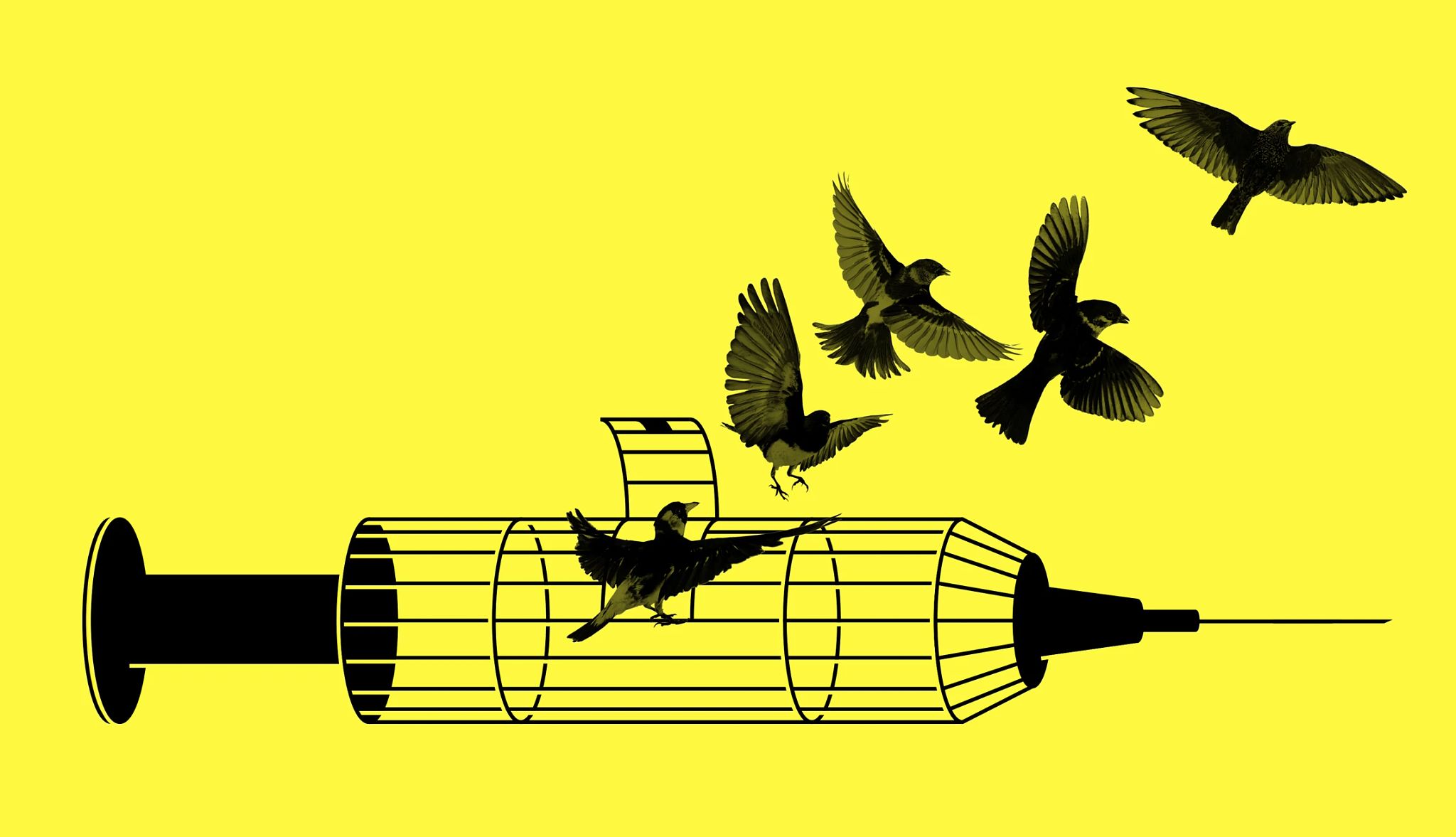



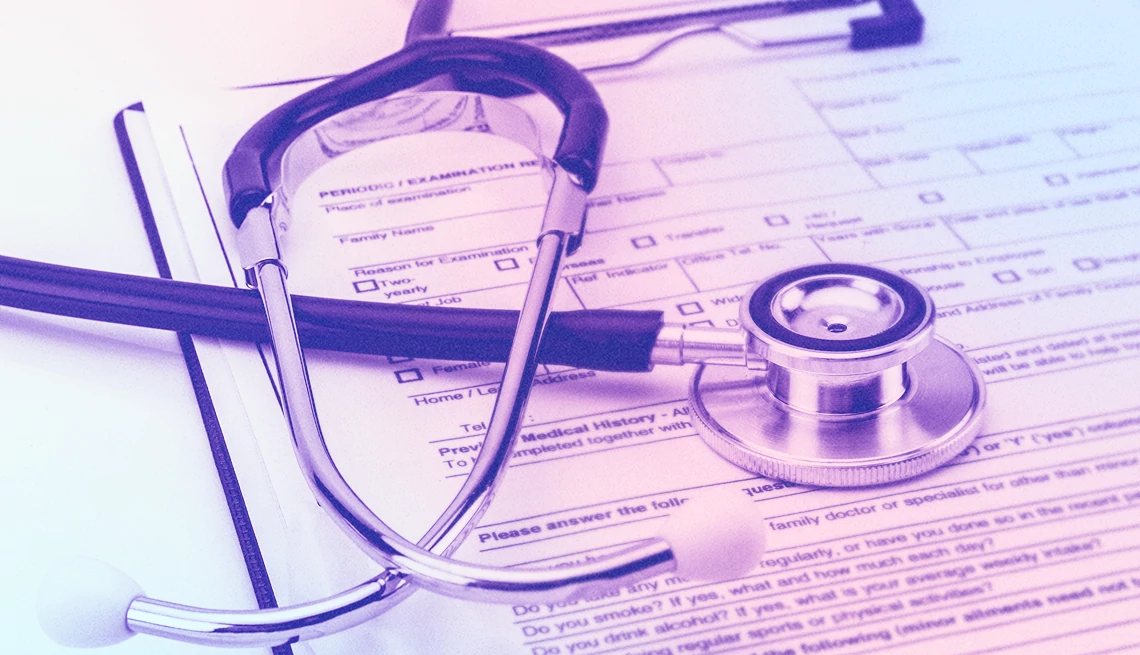
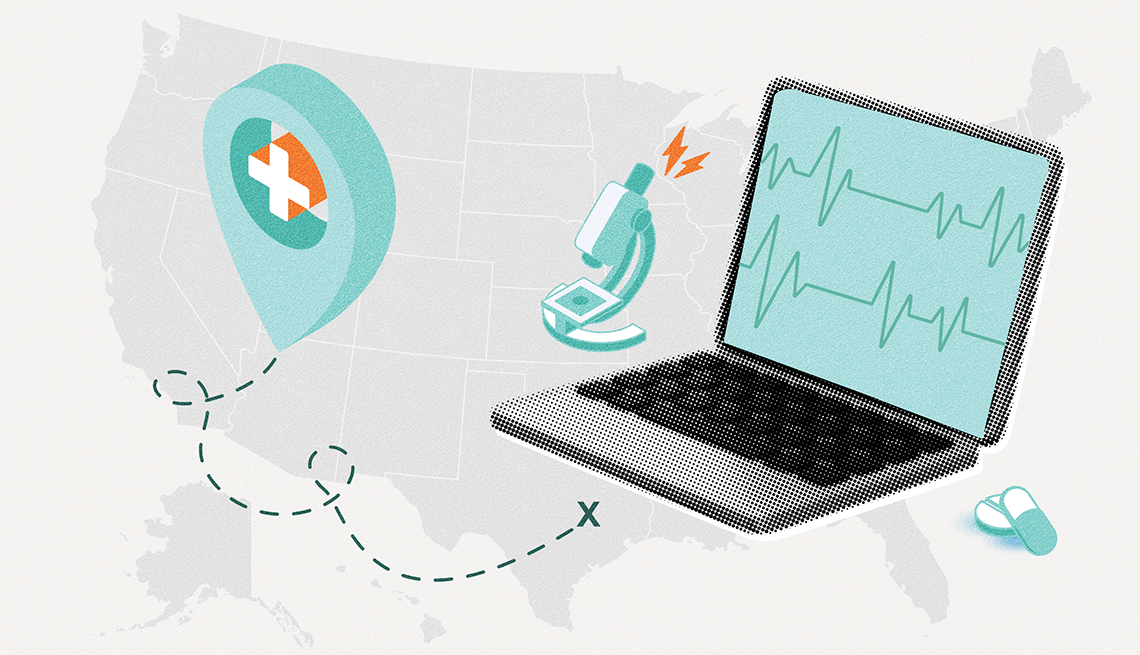






.jpg?crop=true&anchor=13,195&q=80&color=ffffffff&u=lywnjt&w=2008&h=1154)








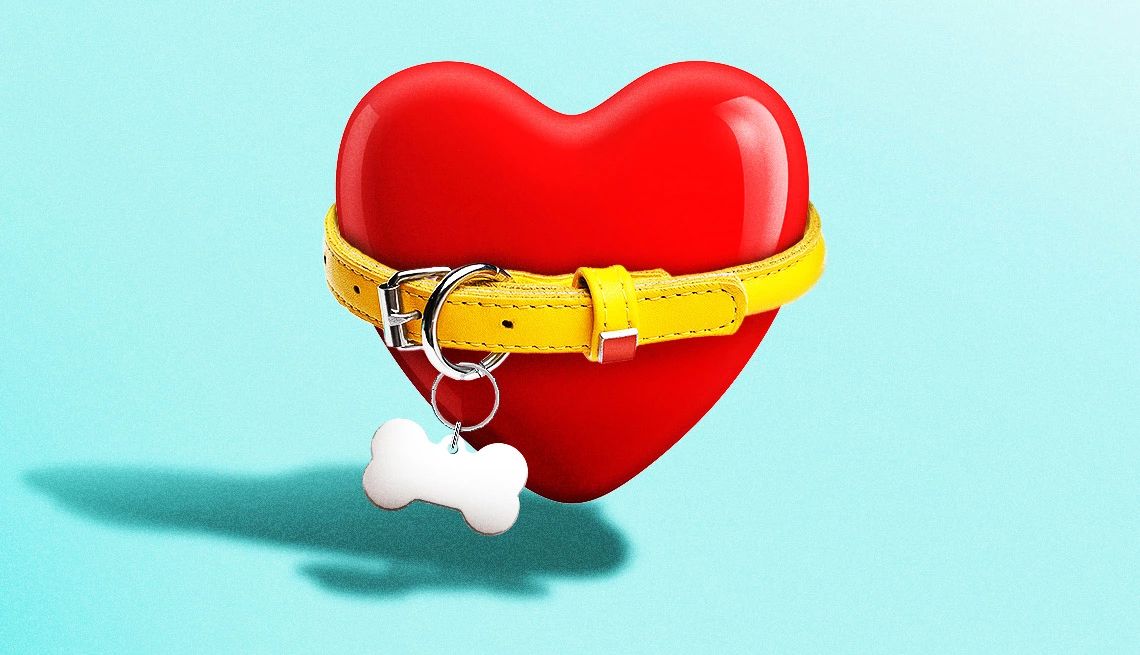



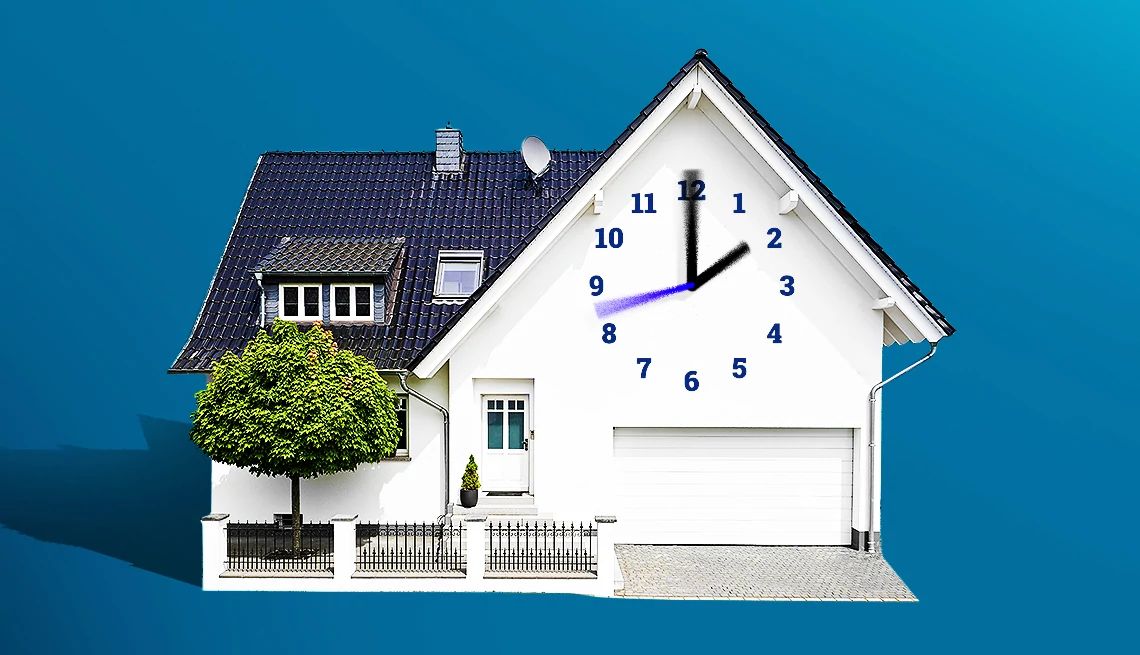

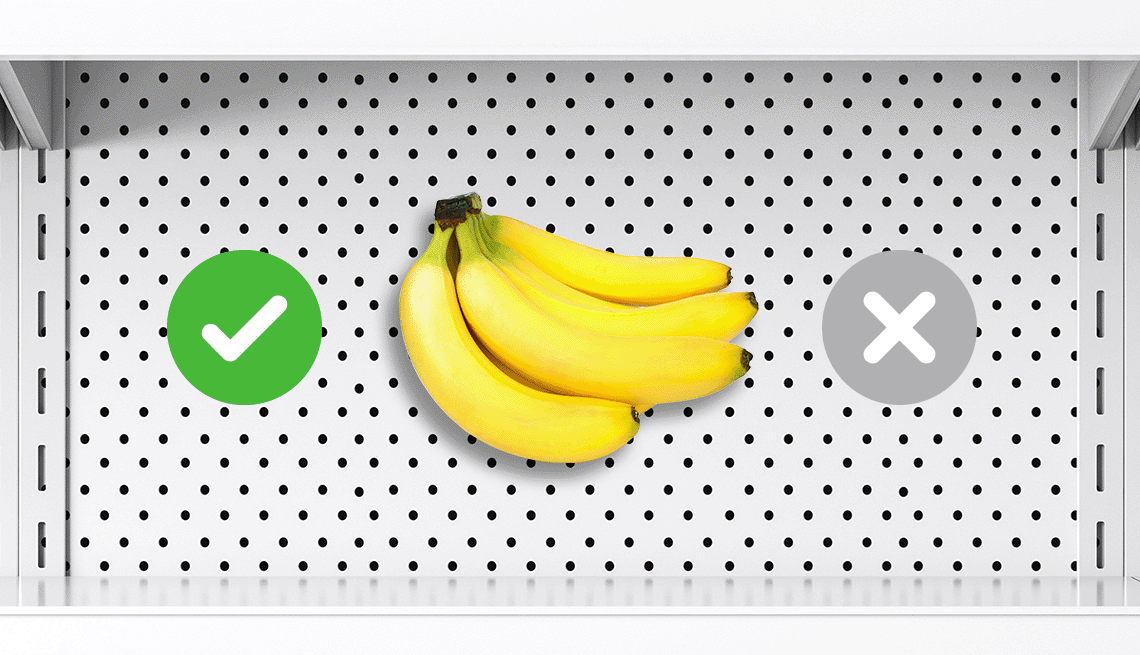

















More From AARP
How to Create a Sleep Sanctuary and Other Tips for a Good Night's Sleep
13 habits to give your body the rest it needs
6 Simple Strategies for Sleeping Through the Night
Tips for getting the deep sleep you need. Plus, how to get back to sleep if you wake in the wee hours
3 Reasons to Avoid Sleeping Pills
Sleep medication use is on the rise, especially in older adults